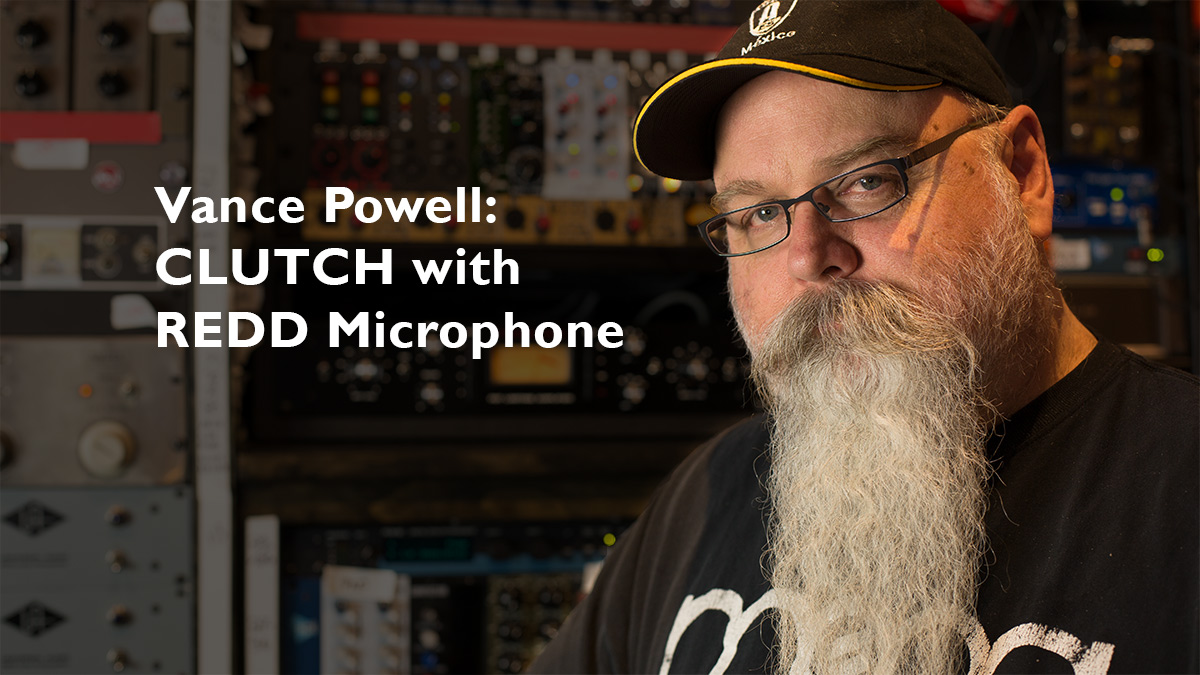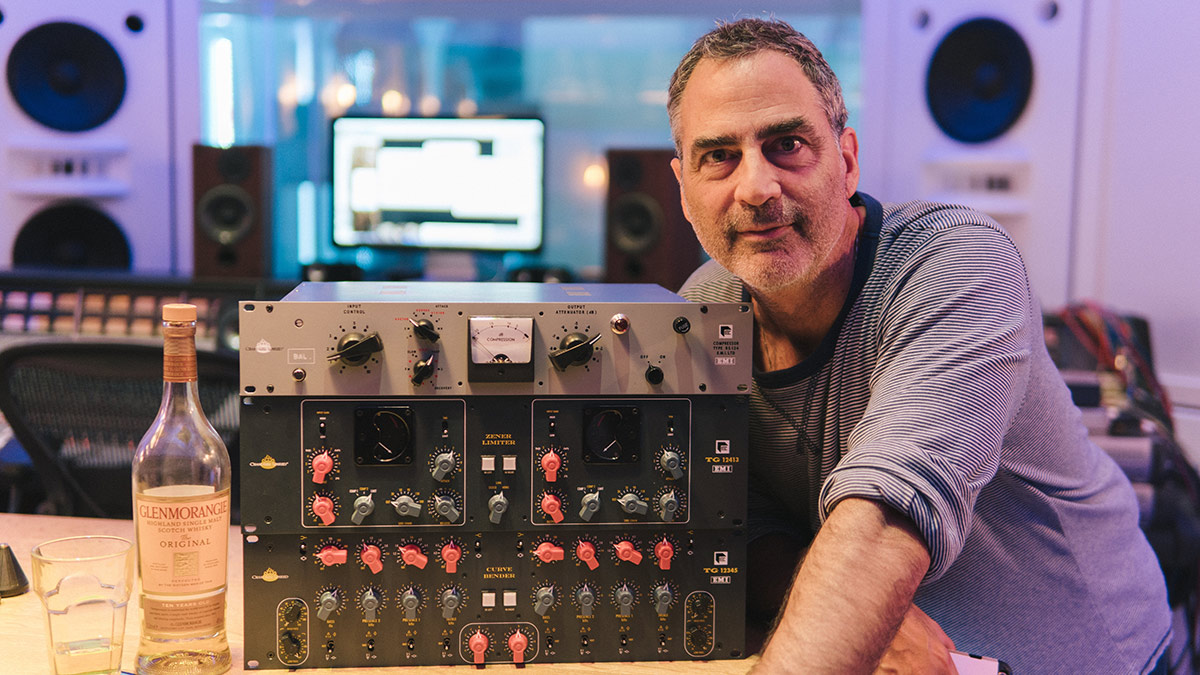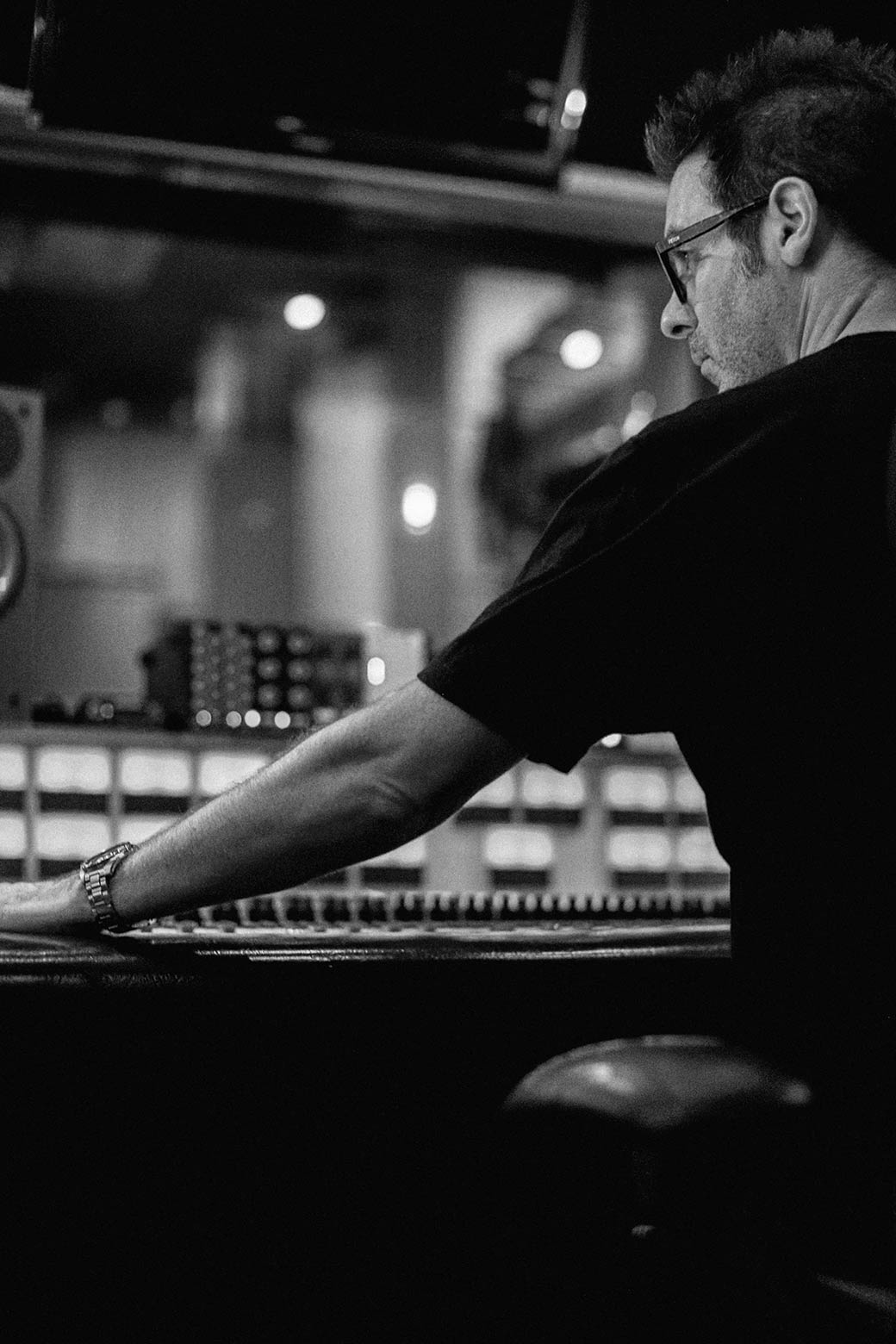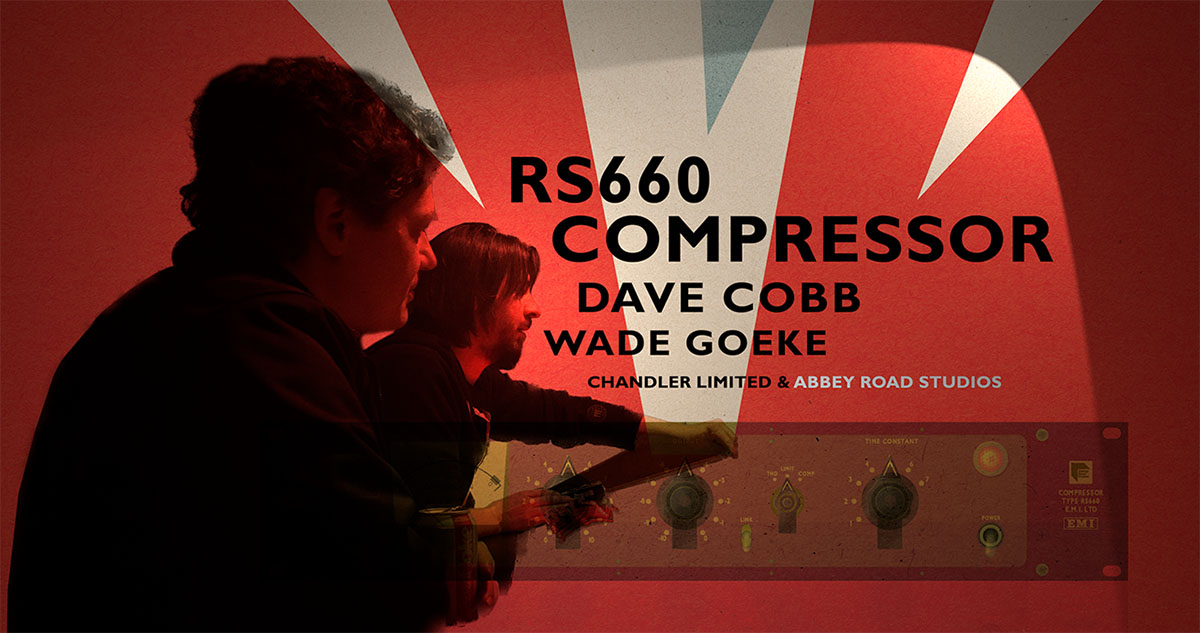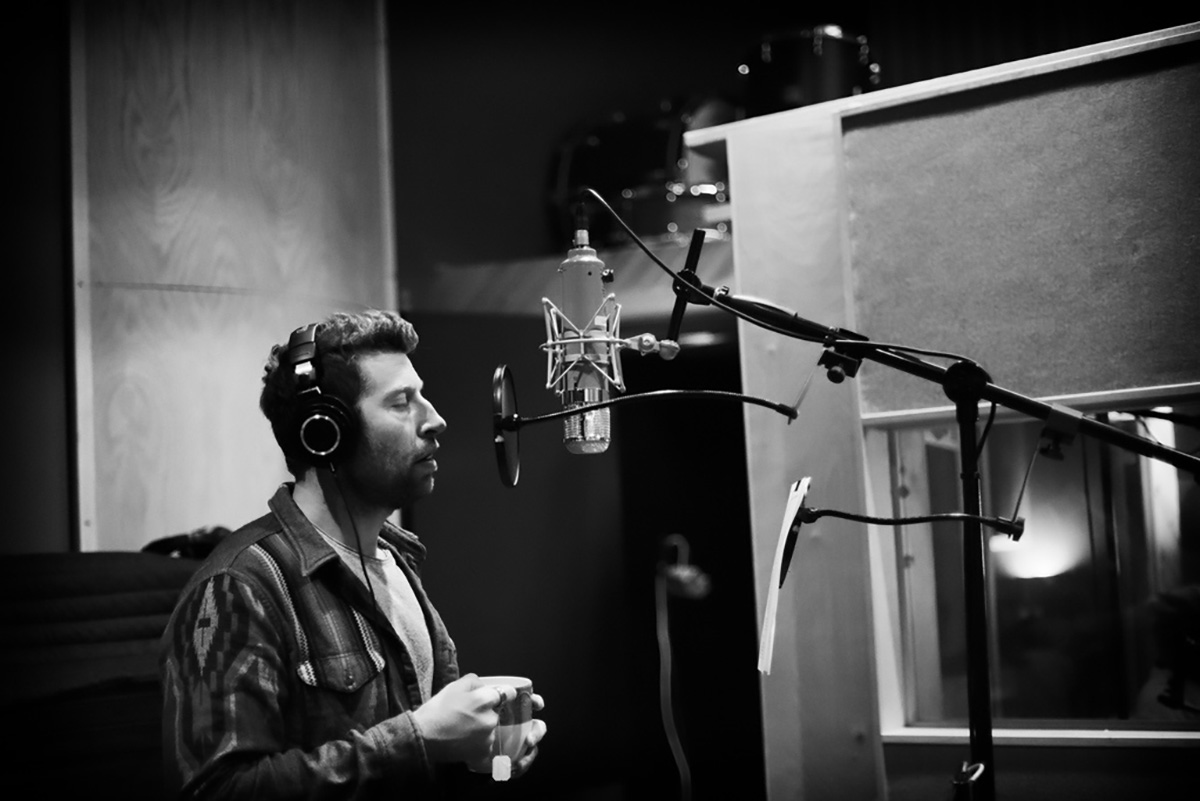Chandler Curve Bender Stereo Equalizer
Review by: Eric James
Sound on Sound September 2010
In equipment reviews I’ve written for SOS over the past few years, I’ve often claimed — with some pride — that I do not suffer too much from gear-lust. I run a couple of music production companies, and I like to think that my equipment purchasing decisions for them are firmly based on rational considerations of budget and functionality.
Object of Emotions
The Chandler Curve Bender analogue EQ almost changed all of that — and it came very close indeed to being the very first item of equipment I’ve ever wanted to buy simply because of how it made me feel when I used it.
The price alone should tell you something about the strength of that emotion — which was seconded by my studio tech, Ian, who was with me when the Curve Bender arrived at my mastering studio. As we took the beast out of the packing crate, we both agreed immediately that it was indeed an extremely gear-lust worthy, impressive and smart looking piece of kit, but when we took its top off and looked inside, Ian almost swooned at the exemplary quality of its multiple hand-soldered switches and lovingly laid-out circuitry and wiring: “It’s soooo beautiful,” he whispered in awe. “It’s a work of f***ing art!”
The object of our desire is officially described as being an updated, but otherwise faithful recreation of the EMI TG12345 recording/mixing desk EQ, as used at Abbey Road in the heyday of its operations. According to the manual, “appropriate circuits and amplifiers were borrowed and slightly modified from existing TG amplifiers to maintain authenticity throughout the unit”, but this ‘authenticity’ has had an update: the Curve Bender has now been re-engineered for contemporary use by Wade Goeke, an equipment-design guru, and is made under license by Chandler Limited.
Description
The Curve Bender is basically an externally powered, solid-state, four-band EQ, in which the rather sparse nine fixed filter points of the original EMI design have been expanded to 51, and which is now provided with expanded gain options, a slightly more flexible Q, and added high- and low-pass filters.
The authenticity and sheer quality on the inside of the Curve Bender are matched by the authenticity and quality of its substantial 3U casing: there’s no hi-fi chrome, brushed aluminum or simple black here, or any ordinary round knobs, either; instead, there’s a mass of muted colours. The unit itself is a rich, dark green, congregating around the large red and grey chicken-head knobs, which control the main filter parameters. Although they may have been retained in the interests of authentic appearance, chicken-head knobs have an advantage: they work extremely well!
The top row of red chicken-heads are the switched frequency selectors for the four bands, labeled ‘Bass’ (35-300Hz), ‘Presence 2’ (300Hz to 3.6kHz), ‘Presence 1’ (800Hz to 8.1kHz), and ‘Treble’ (3.6-20kHz). The frequency points (seven each for the lower two bands, eight each for the upper two) are marked in yellow for the original nine choices, and in white for the contemporary additions. The bass and treble bands can be switched between shelving and peaking, and there are separate and additional high-pass and low-pass filters, set for a 6dB/octave reduction. There’s no bandwidth control for the main filters, although the greater gain-range switch (see below) also sharpens what are by default fairly broad bells.
The middle row of grey chicken-heads deals with gain control; in normal use, and on the standard model, this is in the range of ±10dB in 1dB increments, but the control range can be increased to ±15dB with the flick of a multiplier switch, found below the chicken-heads. This also operates the channel bypass, and there’s an option for specifying (before delivery) 0.5dB boost and cut steps. In the middle of the unit are two square buttons, which bypass the filters but leave the line drivers active for coloration (the germanium amps have quite a special signature sound), Below them, two more red chicken-heads allow for general gain control of each channel.
As with other Chandler outboard, you also need to budget for the power supply, which can deliver power to two separate devices. The power inlet and the XLR audio inputs and outputs are located on the rear panel.
In Use
The Curve Bender is one of those EQs that probably sits as easily in the mix room as in the mastering room. (Michael Brauer, for example, happily uses one for both purposes). But as the Curve Bender’s role, even in mixing, is likely to be more as a stereo-bus processor than as a channel EQ I’ll concentrate on using it in that fashion, as a mix-massaging tool.
Mastering EQs basically have two main roles: correction and enhancement. For the first task, you want something that just gets on and does the job — more often than not cutting offending ‘boom’ or ‘tizz’ frequencies — but then gets out of the way of the music. For the second task, you want something that joins in more with the music in some way, and adds to it. That addition can itself either be something quite specific — like adding weight to bass, or ‘point’ to a piano or guitar — or it can be something entirely less tangible and precise: character, mojo, magic, or, in the word of a singer-songwriter I worked with recently, ‘organicity’. These duties are not mutually exclusive — there are EQs that can be both precise and musical, such as the Maselec MEA2 — but the distinction is clear enough. In these terms, the Curve Bender is simply a major mojo-monster.
When most mastering engineers I know are given an EQ to play with, they generally start putting it through its paces with something like the following workout: high pass (can it clean the low end without emasculating the music?); bass boost (can it add punch and kick without boom?); low-mid cut (can it clean mud without stealing warmth?); high-mid boosts (can it add presence without harshness?); and gentle high boosts, generally in shelf form (can it add air and sheen but not glare?). So this is what I did. I immediately found that the Curve Bender had a useful high-pass, could add simply superb bass weight, was a bit indifferent with mid-low cutting (compared, say, to the Maselec) had a mojo-laden mid-range, and a 16kHz shelf that could bring air to a pair of Magdeburg Hemispheres!
When the Curve Bender was first installed, I was digitizing some jazz LPs from the ’80s for the owner of a small indie label. It was great music, even though the project was compromised in terms of the source material, as the master tapes had been lost. We used a very high-quality analogue source, very high-quality converters, and cleaned up the captured digital files with — yes, you’ve guessed it — very high-quality noise-reduction software; so, with all of these quality components in the transfer chain, the process should have given us what we wanted every time. More often than not, though, something was lost in the process; something that was hard to quantify in ordinary EQ terms, but that everyone present found easy enough to hear. We had tried a ‘vitalizing’ technique or two, but they sounded rather too artificial (as if the vitalized element wasn’t quite connected to the original), so I was trying to recreate the missing element with some fancy dipping and boosting on a seven-band digital EQ.
I’d had some limited success, so when the Curve Bender arrived I gave it a quick whirl to see what it might do. Given that the signal had to take another D-A/A-D pass to go in and out of the Chandler, I’d not really expected too much: but the result was stunning. Turning just the bass knob to 91Hz, and the Presence 1 knob to 2.8kHz, and adding a 1dB click on both, turned the digitized, noise-reduced signal decisively back in the direction of the analogue original. I had great pleasure sitting the label owner down in my listening chair, playing him the music with the Curve Bender bypassed, and then inviting him to ‘just press those two white buttons.’ During the short time I had the Curve Bender in my possession, we treated a good number of the LPs like this and, with variations, quite easily (and that’s the real kicker) got the same kind of superb results nearly every time.
In an average month of mastering here, we’ll deal with a wide range of musical types, and though the Curve Bender was not out of place in any specific genre, I found, to my initial disappointment (because, like a new lover, I wanted to play with the object of my affection every day), that it didn’t quite add magic to everything — and that it was even a distraction in some cases. As we found with the LP project, for jazz it was just wonderful and rarely put a foot wrong: it seems to be made for the genre, and if jazz was still a much larger part of our revenue stream, I’d be happy to pretend it was the decision of my head, not my heart, to buy one. What the Curve Bender seemed to work so well with was material with musical space: solo piano, voice and guitar, jazz piano trios, string quartets, but also indie guitar and classic rock bands. On more dense material, like an orchestra, a big band, or multi-layered studio productions, I found that it was rather too easy to induce a mojo overload: instrumental outlines that should have stayed absolutely stark to remain audible were getting ever so slightly blurred.
The Curve Bender didn’t ever sound really bad: I’m simply saying that there were alternatives in these cases that could be made to sound better. This is not just a case of analogue character versus digital precision, either. Both the Cranesong Ibis and the Maselec MEA2 analogue EQs could combine the necessary qualities. Also, to be fair, the Curve Bender isn’t intended to be a jack of all trades, or even a neutral-sounding processor. The name and design revel in precisely the difference between its way of working and run-of-the-mill equalization. I imagine that its designer expects it to be used in tandem with other EQs that complement its quite special nature — and which could never compete with it on that ground.
Summary
Even though I’ve long thought that any kind of ‘heritage hype’ is a waste of marketing ink (if you have this much money to spend on an EQ, it is probably highly immaterial what its role was in the recording of ‘Yellow Submarine’), there is no doubt that Wade Goeke has produced something for Chandler that deserves great engineering respect and commands special attention. It’s unlikely ever to be the first EQ in a mastering facility — because it is just too special in its operations for that — but I can imagine very few engineers who, having used it, would not wish to possess one as a second EQ. The price is steep, but given the quality of the workmanship, it is actually more than fair. In fact, in our new world of inexpensive but basically empty boxes being marketed to cater for insecure mastering engineers, the Chandler Curve Bender, a box chock-full of engineering and expertise, actually comes across as something like a bargain.

